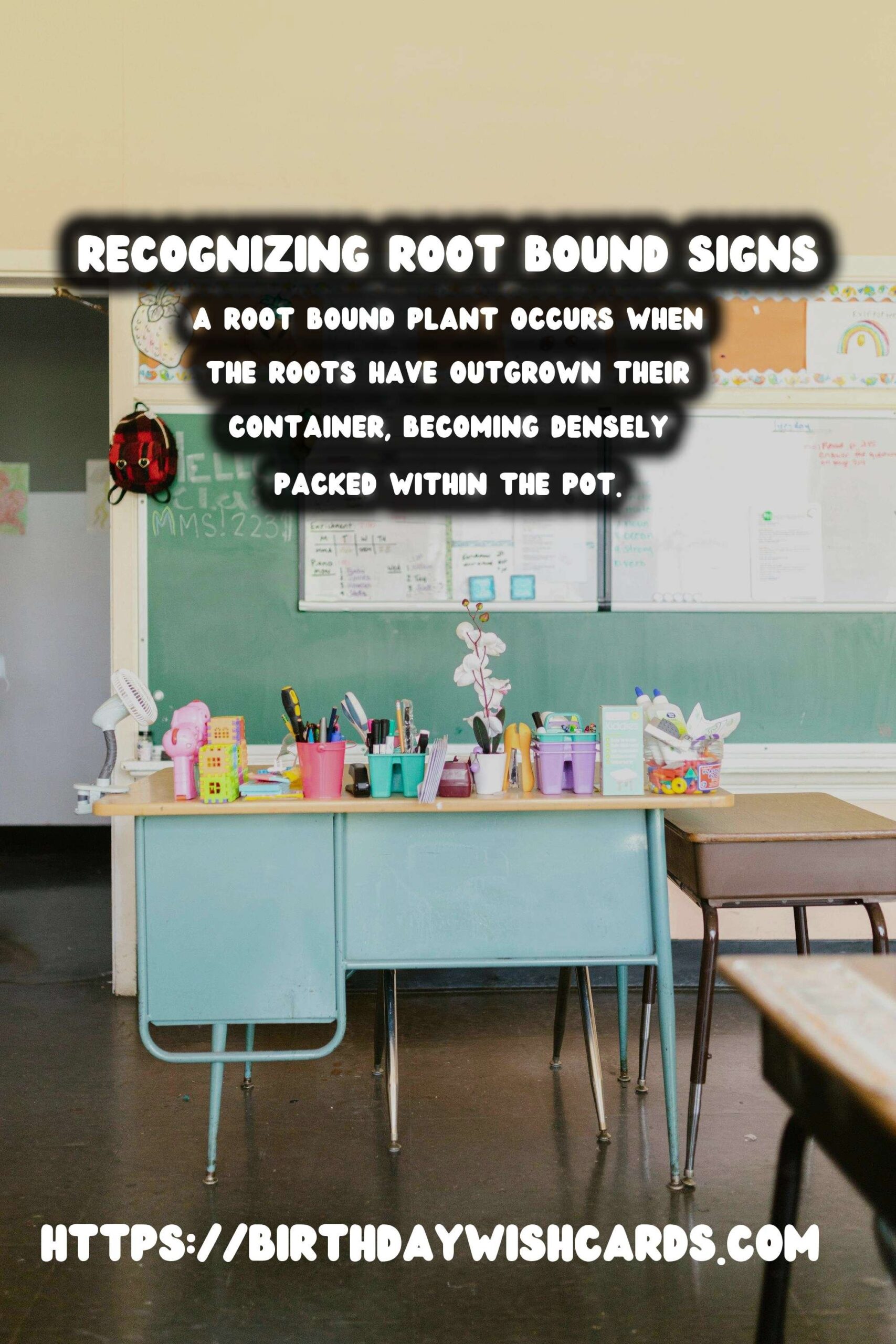
Plant health is profoundly influenced by the condition of their root systems. Often overlooked, roots play a pivotal role in nutrient uptake, water absorption, and overall plant stability. For potted plants, understanding and recognizing signs of root bound conditions is essential for maintaining plant health and ensuring optimal growth.
What is a Root Bound Plant?
A root bound plant occurs when the roots have outgrown their container, becoming densely packed within the pot. This condition can hinder a plant’s ability to absorb water and nutrients, ultimately affecting its growth and vitality. Root bound plants are common in container gardening and can be a significant challenge for gardeners who do not regularly repot their plants.
Signs of a Root Bound Plant
Identifying a root bound plant is crucial for timely intervention. Here are the key signs that your plant might be root bound:
1. Stunted Growth
One of the earliest signs of a root bound plant is stunted growth. If your plant is not growing despite adequate sunlight and watering, it might be due to crowded roots that cannot support further development.
2. Wilting Leaves
Wilting leaves, especially those that do not recover after watering, can indicate that the roots are unable to access sufficient moisture due to overcrowding.
3. Yellowing Leaves
Yellowing leaves can result from nutrient deficiencies caused by poor root function. In a root bound plant, the dense root mass can prevent nutrients from being absorbed effectively.
4. Roots Growing Out of Drainage Holes
If you notice roots emerging from the drainage holes at the bottom of the pot, it is a clear indication that the plant is root bound and needs more space.
5. Soil Drying Out Quickly
Root bound plants often have little soil left in the pot, which can cause the soil to dry out more quickly than usual. This is because the extensive root system displaces the soil, leaving less medium to retain moisture.
How to Address a Root Bound Plant
Once you’ve identified a root bound plant, several steps can help alleviate the condition:
Repotting
The most effective solution is to repot the plant in a larger container. This provides the roots with more space to grow and access to additional soil and nutrients.
Root Pruning
If repotting is not an option, consider root pruning. Carefully trim away some of the excess roots, which can help stimulate new growth and reduce overcrowding.
Soil Refreshment
Refreshing the soil can also help. Remove the plant from the pot, gently loosen the root ball, and add fresh soil to provide new nutrients.
Preventing Root Bound Conditions
Prevention is often more manageable than treatment. Here are some tips to prevent your plants from becoming root bound:
Regularly Check the Roots
Make it a habit to check the roots of your potted plants regularly. This will help you catch signs of root bound conditions early.
Choose the Right Pot Size
When planting, choose a pot size that allows for future growth. Avoid pots that are too small, as they can quickly lead to root bound conditions.
Repot as Needed
Regularly repotting your plants every couple of years can prevent them from becoming root bound. Choose a pot that is one size up to ensure adequate space for root expansion.
Conclusion
Understanding and recognizing root bound signs is essential for maintaining healthy plants. By monitoring your plants and taking preventive measures, you can ensure that they thrive and continue to grow robustly. Remember, a healthy root system is the foundation of a healthy plant.
Plant health is profoundly influenced by the condition of their root systems. A root bound plant occurs when the roots have outgrown their container, becoming densely packed within the pot. Identifying a root bound plant is crucial for timely intervention. The most effective solution is to repot the plant in a larger container. Prevention is often more manageable than treatment. 
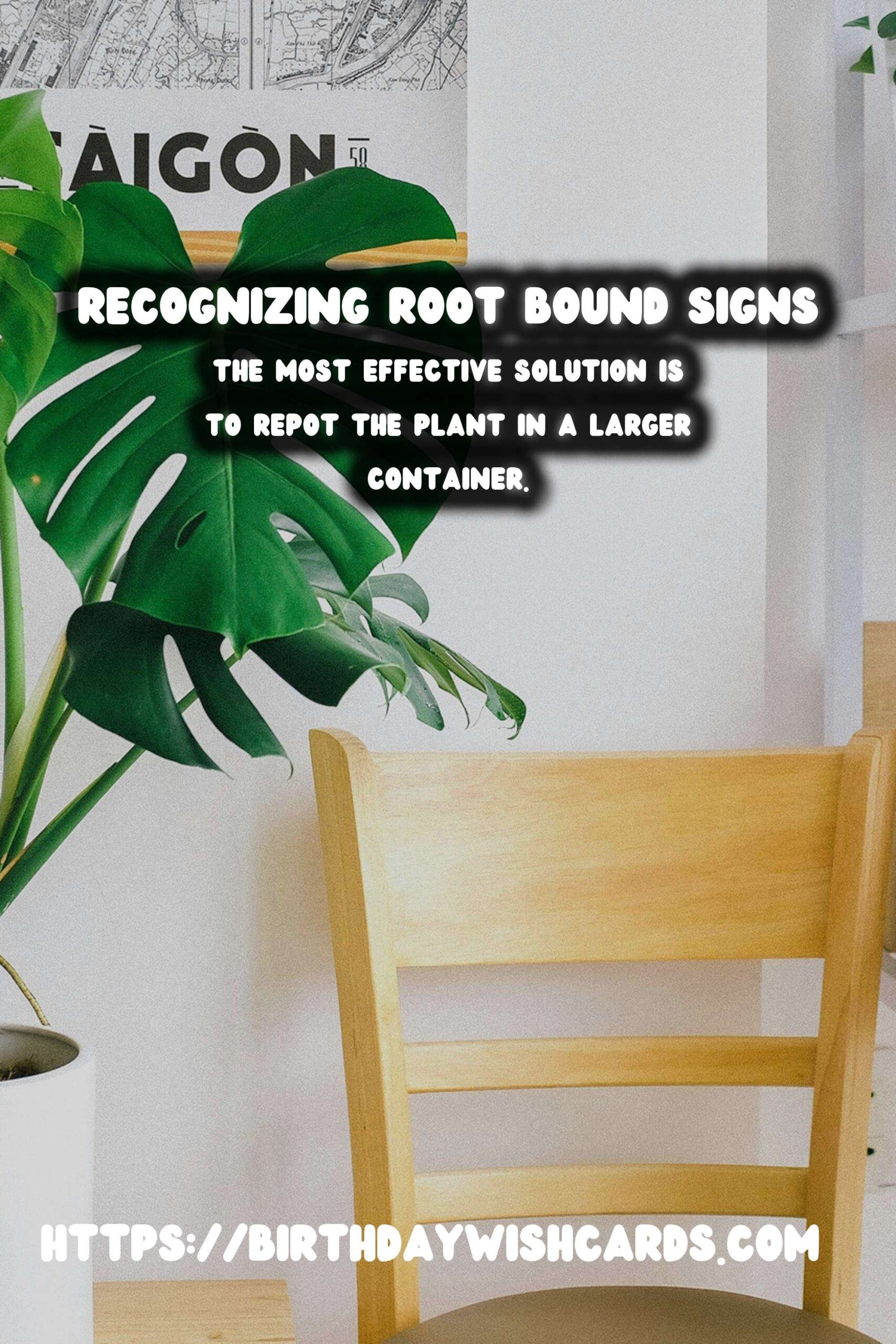
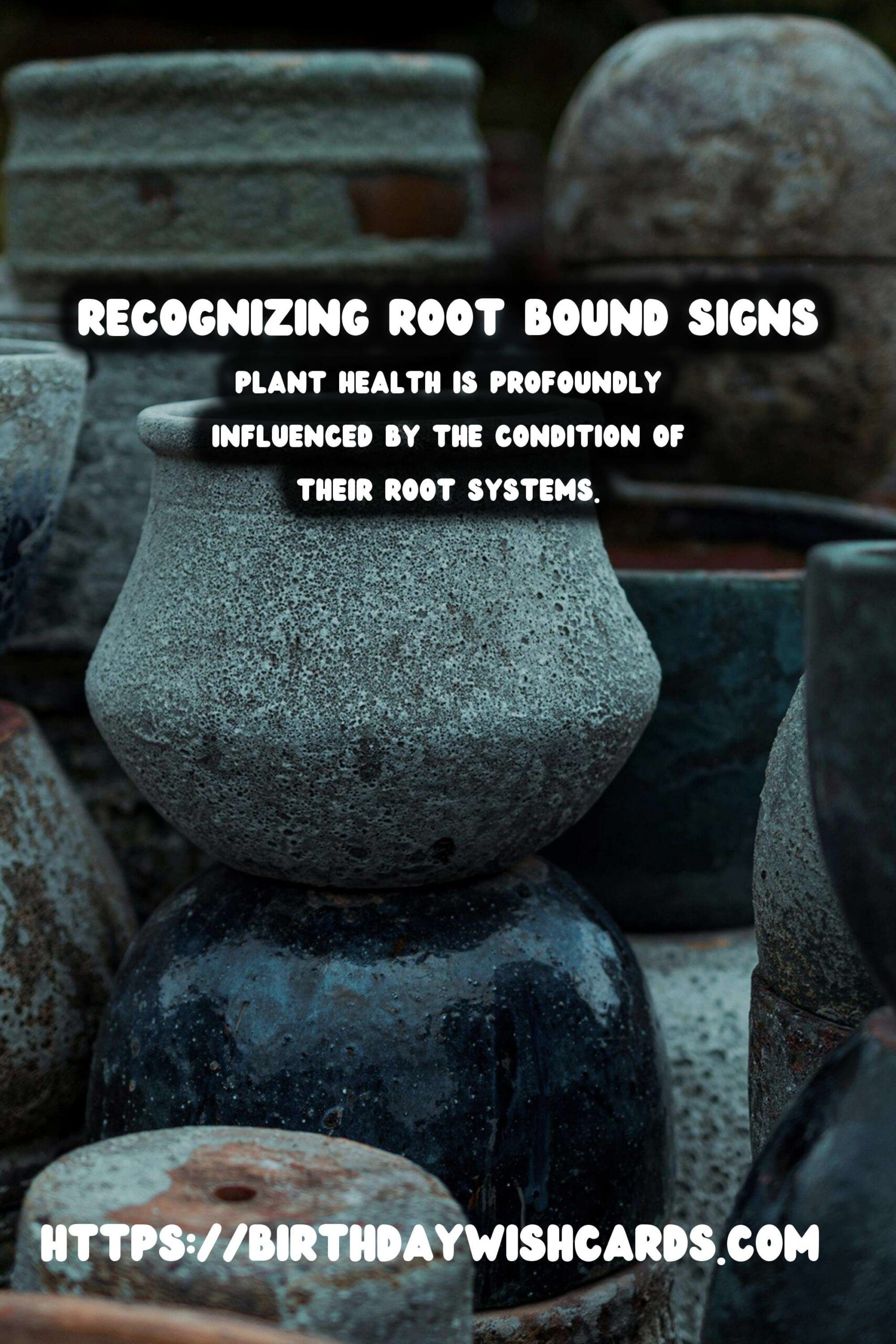
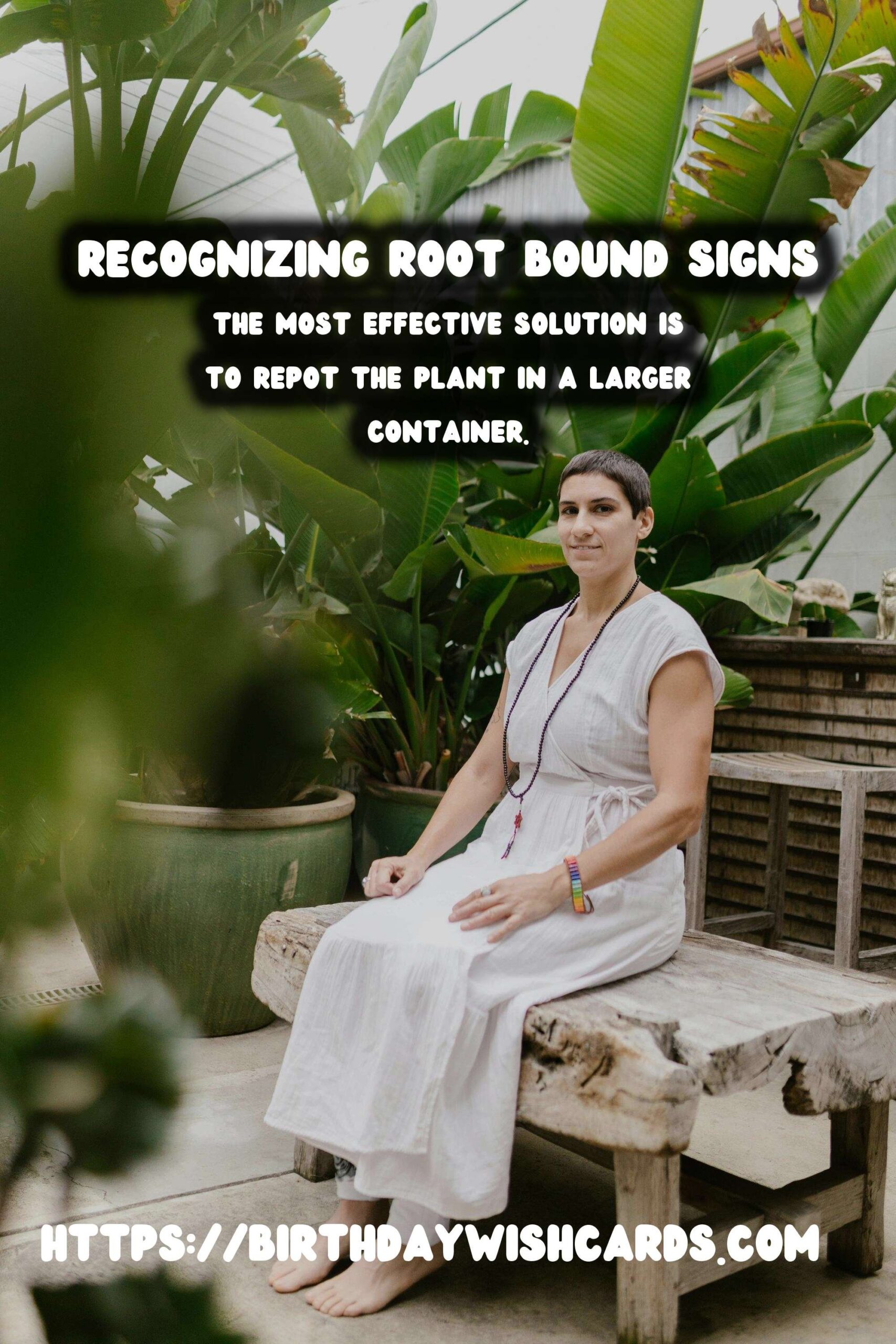
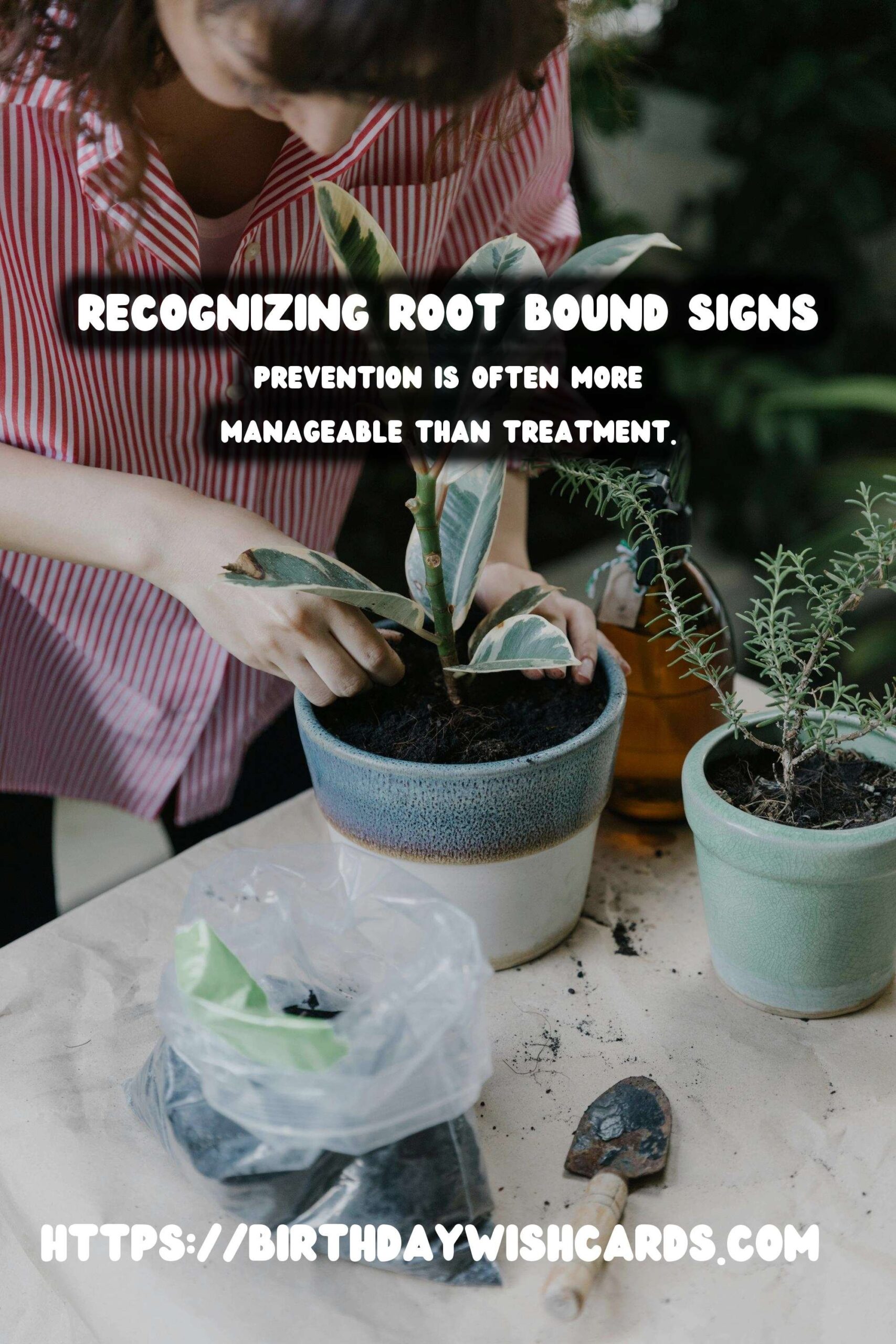
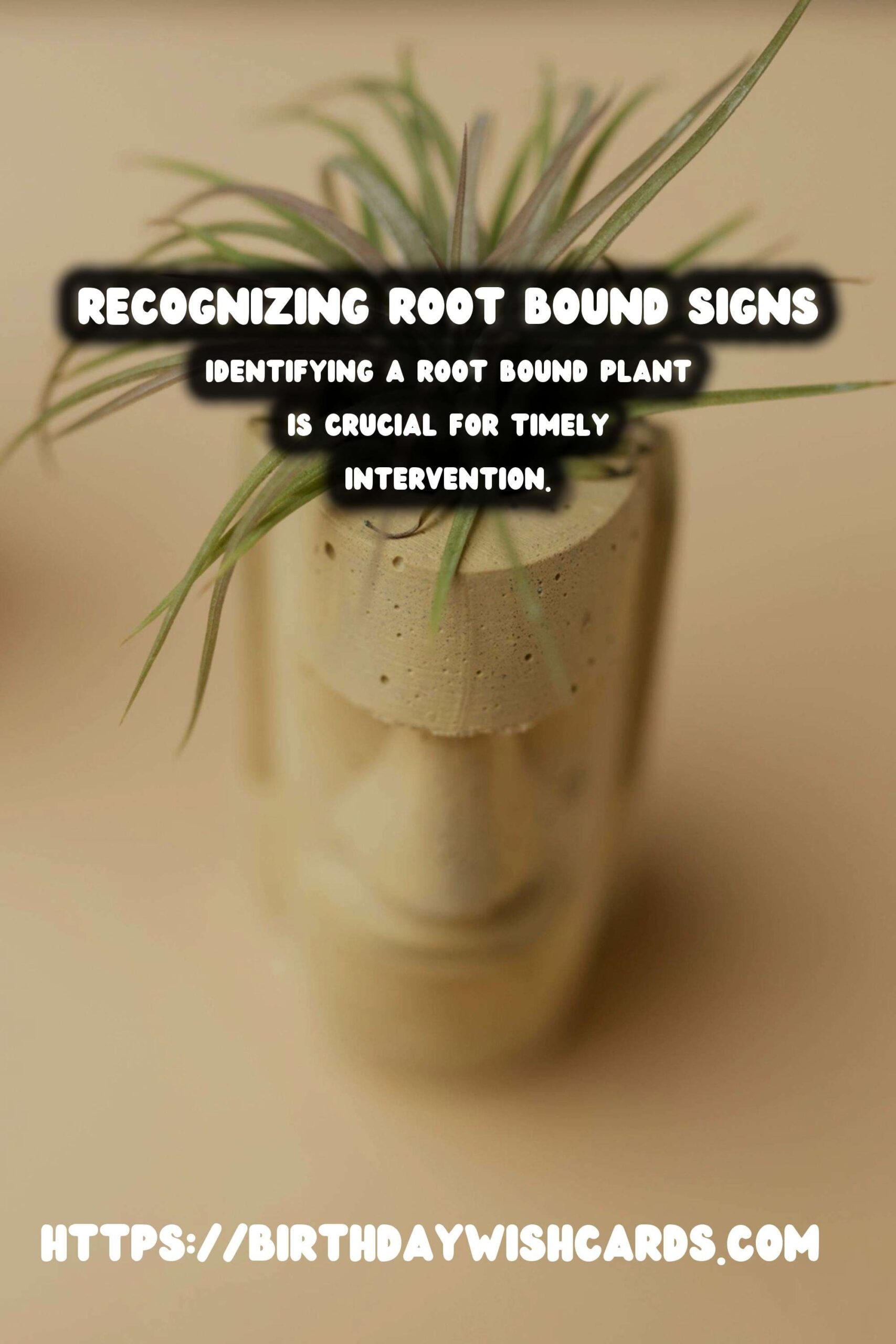
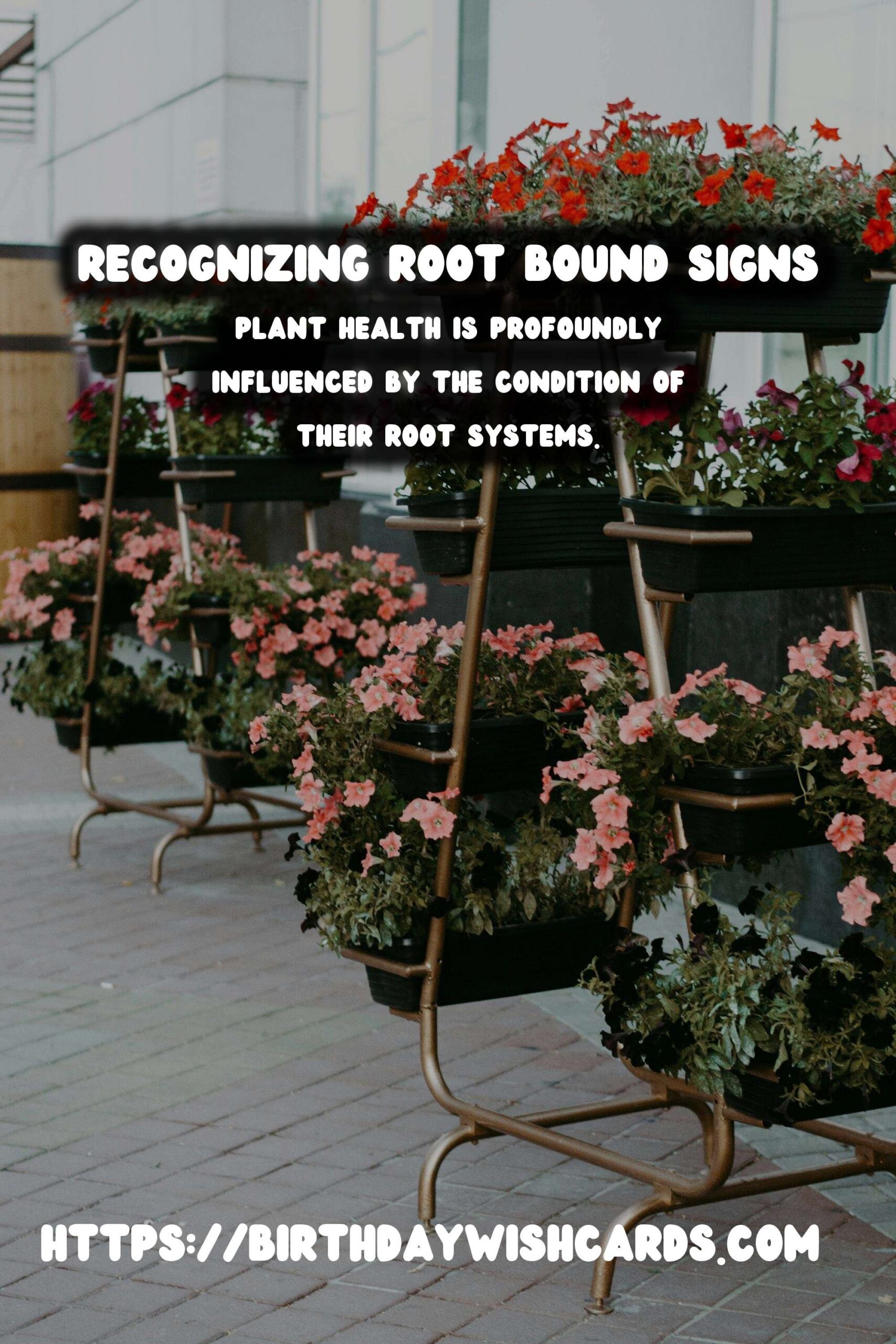
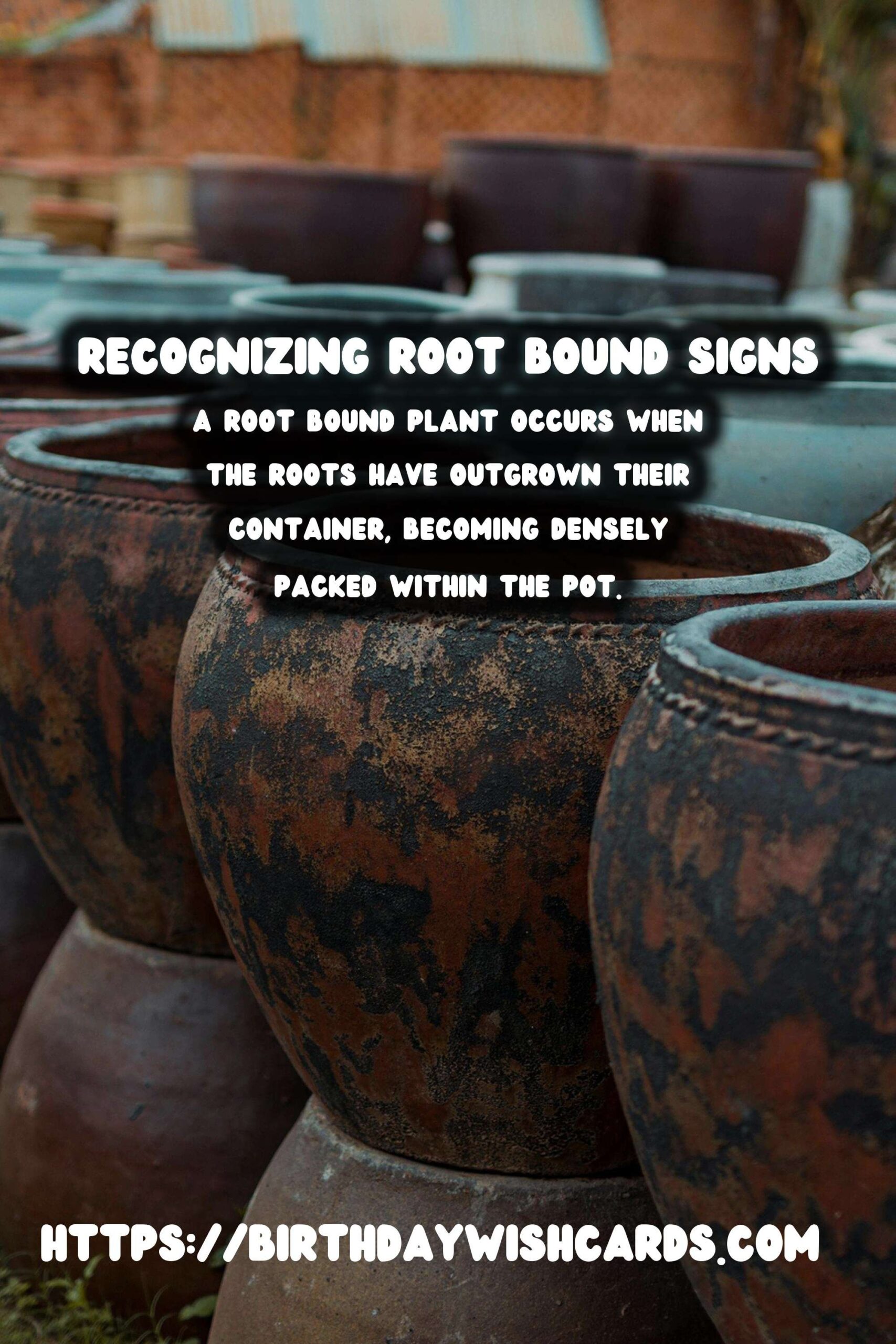
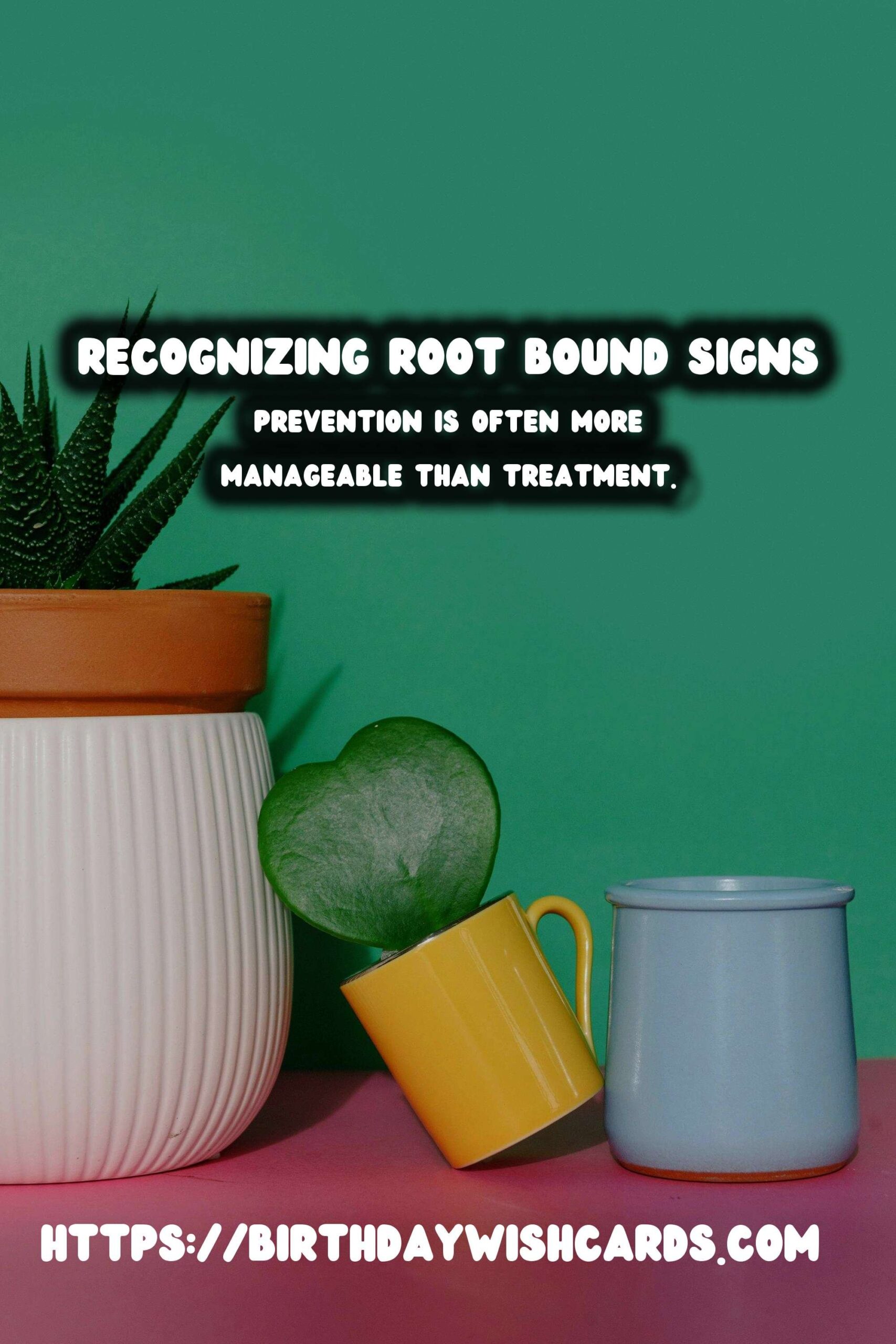
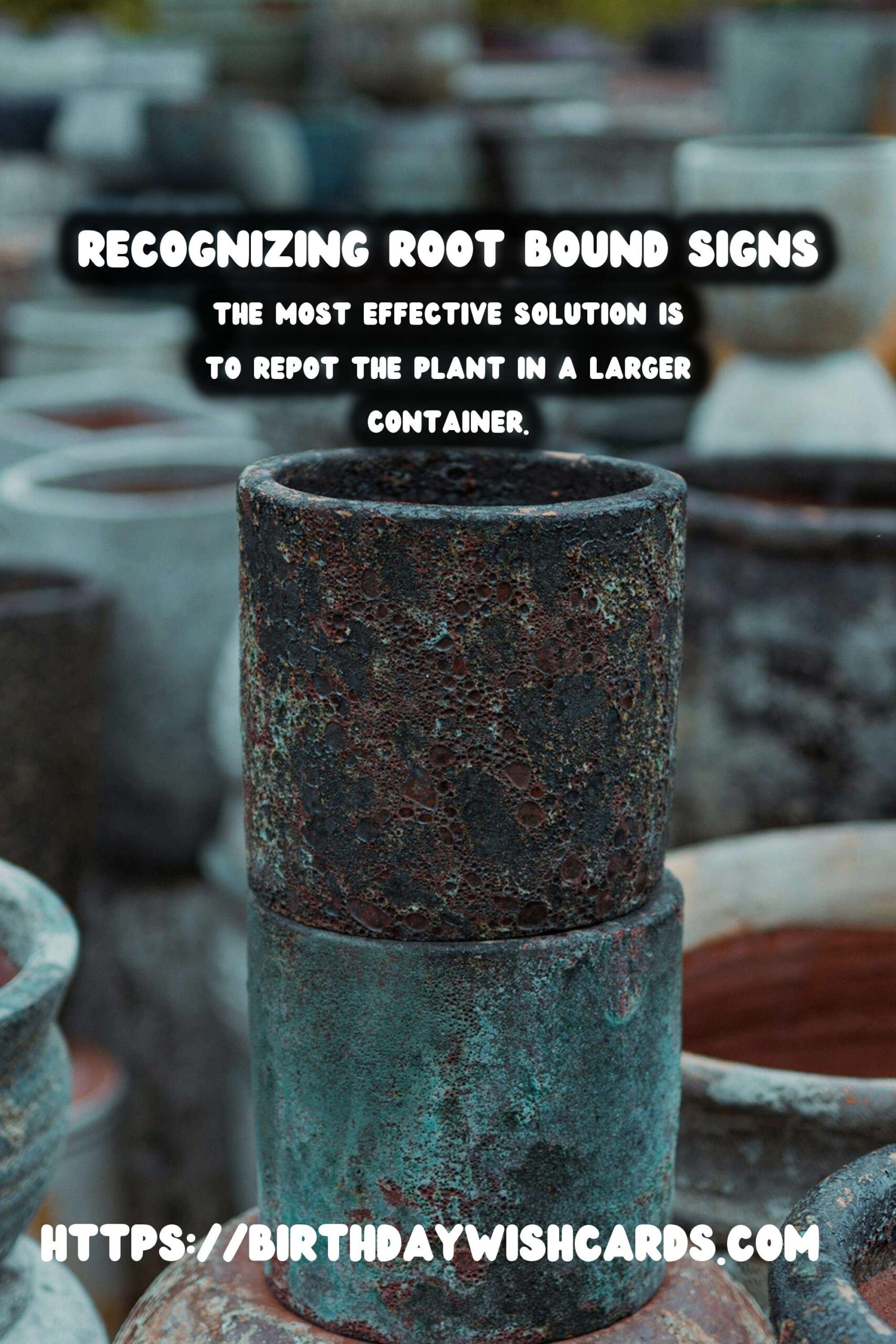
#PlantCare #RootBound #GardeningTips



